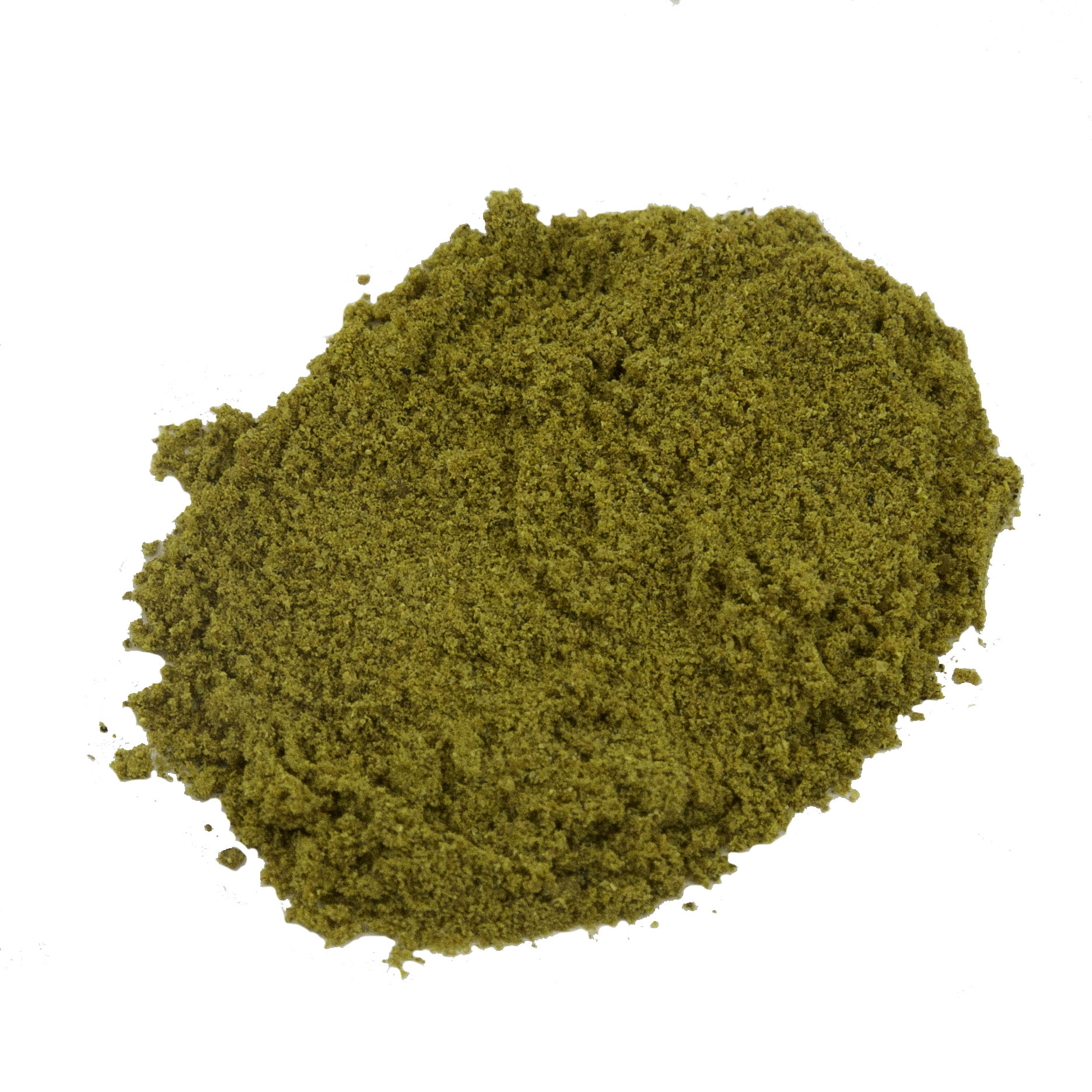-
Description
Curry powder is actually a British invention, somewhat resembling garam masala, the spice mixture prevalent in North India. It was created to evoke the essence of Indian food, but in fact, is not used by any authentic Indian cook. (Curry powder is therefore not used to make an Indian curry, which is a type of dish made up of meat and/or vegetables in a sauce—or gravy—typically served over rice.)
Instead, curry powder is an ingredient Westerners use to make what they think is true Indian cuisine. The spice blend most often used in an Indian curry is garam masala.
Much of our confusion dates back to the days of British colonialism. The story goes that a British official, preparing to leave India and wanting to enjoy his favorite Indian dishes after he returned home, ordered his servant to prepare a mix of Indian spices. Thus, bringing curry with a dry powder to the attention of the British.
It doesn’t help that commercially made curried powders often bear little resemblance to the fragrant spice mixtures prepared from scratch daily by native Indians.
-
Ingredients
Cayenne, coriander, cumin, mustard, black pepper, fenugreek, ginger, turmeric, cloves, cardamon, allspice, anise.
-
Directions
This spice blend benefits from being mixed with a liquid (like broth or coconut milk) or yogurt before adding it to the dish, which helps the flavours of the curry powder infuse into the other ingredients. Curry powder is also meant for slower cooked recipes, so it has time to release the flavours.
-
Uses
- Now that you know you won't be crafting traditional Indian dishes, you can use curry powder as an all-purpose seasoning. It is commonly used to flavor soups, stews, sauces, marinades, meat, and vegetables.
- Curry powder can be used to season roasted vegetables, pureed soups, hummus, egg salad, and even popcorn. It will give an ordinary recipe a touch of warmth and depth. -
Allergens
Contains: Mustard
| SKU | Unit Size |
|---|---|
| 36831 | 3 x 50 g |
-
Description
-
Ingredients
-
Directions
-
Uses
-
Allergens
-
Curry powder is actually a British invention, somewhat resembling garam masala, the spice mixture prevalent in North India. It was created to evoke the essence of Indian food, but in fact, is not used by any authentic Indian cook. (Curry powder is therefore not used to make an Indian curry, which is a type of dish made up of meat and/or vegetables in a sauce—or gravy—typically served over rice.)
Instead, curry powder is an ingredient Westerners use to make what they think is true Indian cuisine. The spice blend most often used in an Indian curry is garam masala.
Much of our confusion dates back to the days of British colonialism. The story goes that a British official, preparing to leave India and wanting to enjoy his favorite Indian dishes after he returned home, ordered his servant to prepare a mix of Indian spices. Thus, bringing curry with a dry powder to the attention of the British.
It doesn’t help that commercially made curried powders often bear little resemblance to the fragrant spice mixtures prepared from scratch daily by native Indians.
-
Cayenne, coriander, cumin, mustard, black pepper, fenugreek, ginger, turmeric, cloves, cardamon, allspice, anise.
-
This spice blend benefits from being mixed with a liquid (like broth or coconut milk) or yogurt before adding it to the dish, which helps the flavours of the curry powder infuse into the other ingredients. Curry powder is also meant for slower cooked recipes, so it has time to release the flavours.
-
- Now that you know you won't be crafting traditional Indian dishes, you can use curry powder as an all-purpose seasoning. It is commonly used to flavor soups, stews, sauces, marinades, meat, and vegetables.
- Curry powder can be used to season roasted vegetables, pureed soups, hummus, egg salad, and even popcorn. It will give an ordinary recipe a touch of warmth and depth. -
Contains: Mustard
